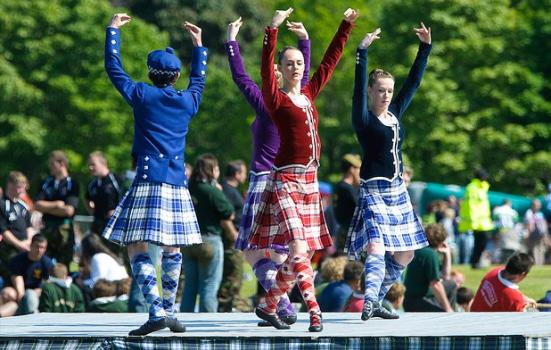The funding body is “thinking hard” about how to better support small and voluntary organisations after MSPs heard the sector’s complaints.

Richard Daniel (CC BY-NC 2.0)
Creative Scotland has been answering to a Parliamentary committee following accusations that it side-lines traditional artforms, is “dominated by superiority” and only works co-operatively with “the favoured few”.
The Scottish cultural sector was invited to share its views on Creative Scotland with the Scottish Parliament’s Education and Culture Committee, which is scrutinising the funding body’s spending decisions and outcomes ahead of the 2016-17 Draft Budget.
A damning assessment of the funding body by John Morrison of Gaelic cultural body An Comunn Gàidhealach, was one of 16 written submissions presented to MSPs. It concluded: “They fail our Gaelic community – the Gaelic Traditional Arts community and the Gaelic Creative community.”
Speaking up for Creative Scotland at the committee’s oral evidence session on Tuesday, Chief Executive Janet Archer defended the principle of equal opportunity for all artforms in its Open Project Funding scheme, but agreed more could be done to support small organisations.
An Comunn Gàidhealach delivers the annual Gaelic showpiece the National Mòd without any support from Creative Scotland. Asked to explain why the organisation feels so let down, Archer said: “I think it’s because they haven’t been funded.” She drew attention to the competitive nature of open project funding, but also suggested money was unlikely to go to a project that is “incredibly successful without funding”.
Criticism of Creative Scotland was also levelled by the Traditional Music and Song Association (TMSA). In her submission, board member Fiona Campbell wrote: “We are constantly having to make the case internally for traditional arts to be considered on a parity with artforms.” Responding, Archer pointed out that since project funding is no longer ring-fenced for certain artforms, everyone who applies “is treated in the same way, no matter what their specialism is”. Creative Scotland subsequently released a statement saying that since the Open Project Funding scheme was launched last year, £1.4m of the £8.5m awarded has been to organisations and projects involved with traditional arts.
Campbell also raised concerns about bias being “inadvertently created by the funding system”. She wrote about the disparity between “those who have already received funding [and] have the capacity to do a lot of work beforehand, which appears to be favoured, and those who need the funding to create the capacity to provide the desired (but not explicitly requested) detail”. She went on to suggest that funding applicants be segregated by size of turnover.
Asked whether she believes Creative Scotland could do more to help small and voluntary organisations, Archer said: “I do”. She admitted small project funding could be delivered in a “more straightforward, easy to access, easy to implement – on all sides – kind of a way,” and said “we’re thinking hard about how we can address that”.
Creative Scotland is currently in the process of reviewing how it delivers open project funding and will shortly be releasing refreshed guidelines for applicants. Archer said they also plan to respond to concerns over the current rule limiting organisations to submitting just one funding application at a time.





Comments
Creative Scotland replied on Permalink
Traditional Arts
John Morrison replied on Permalink
Traditional Arts in Scotland